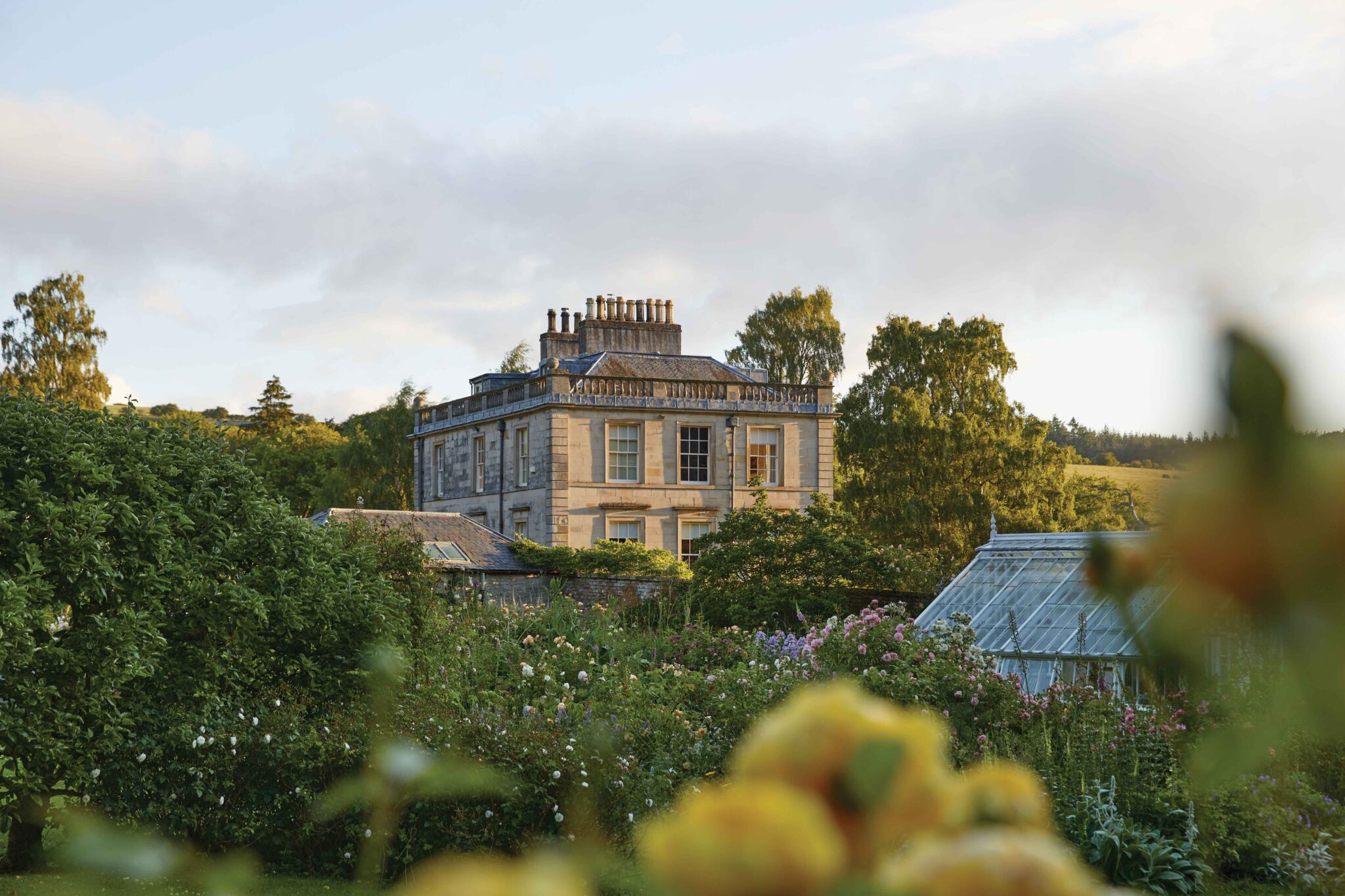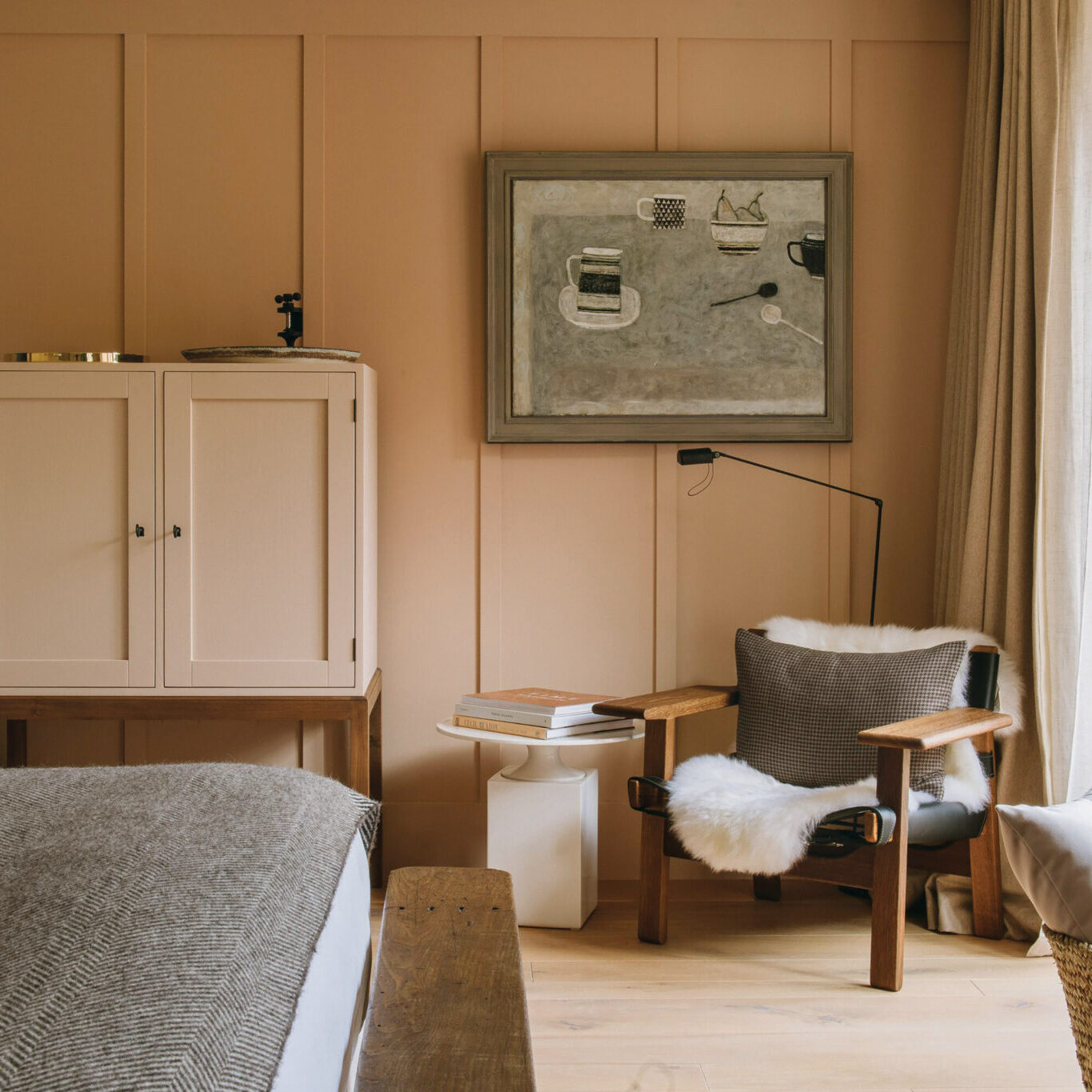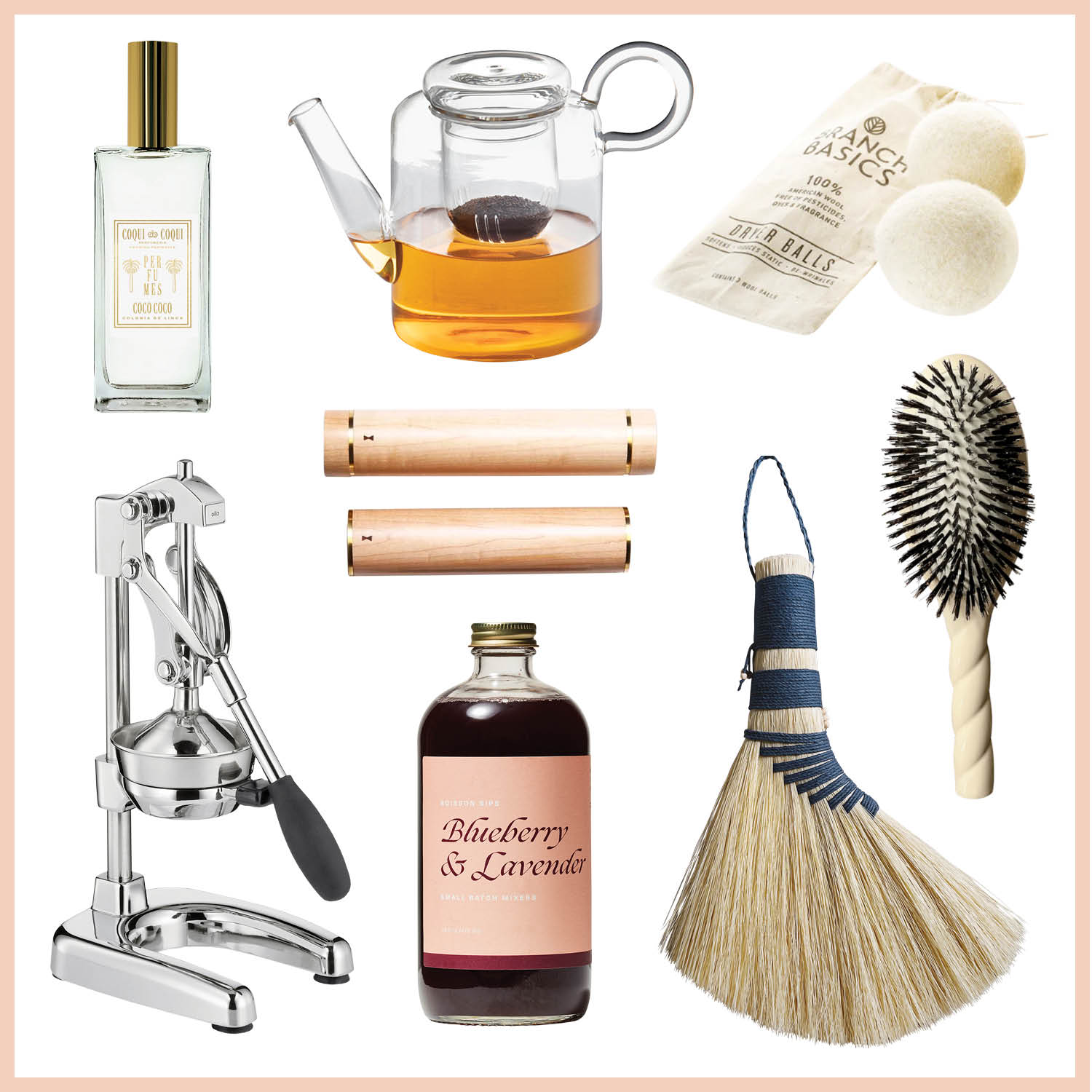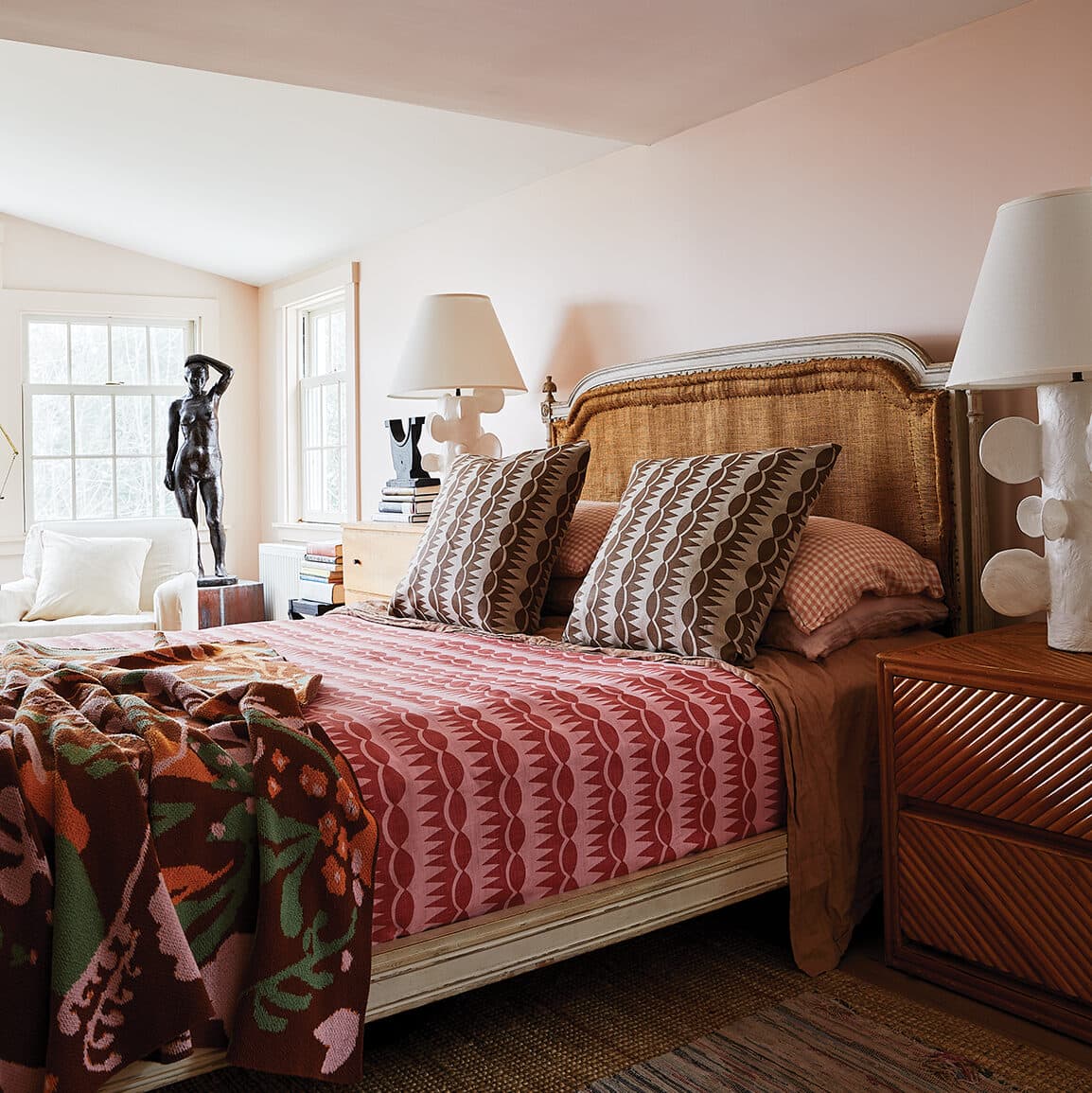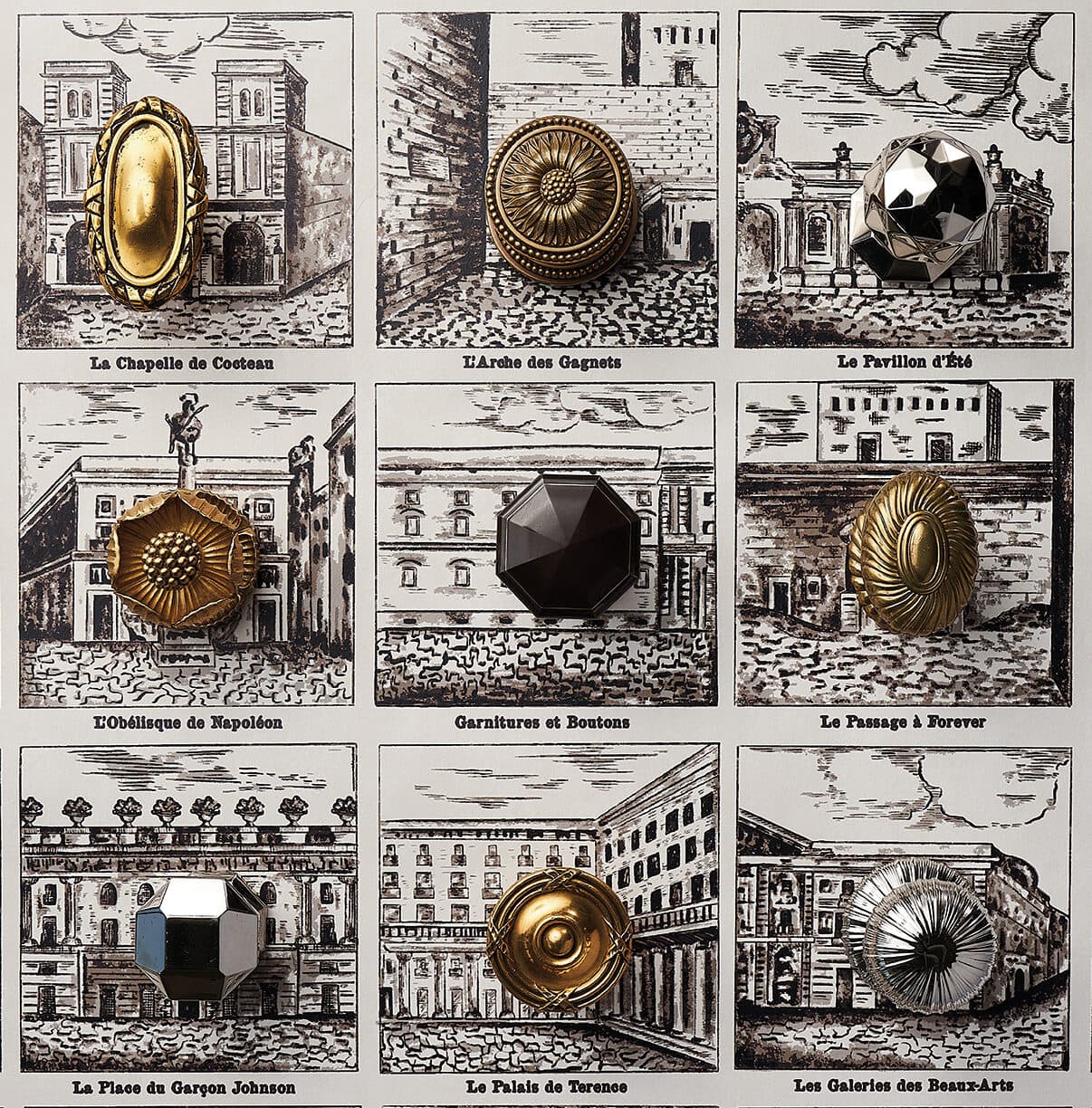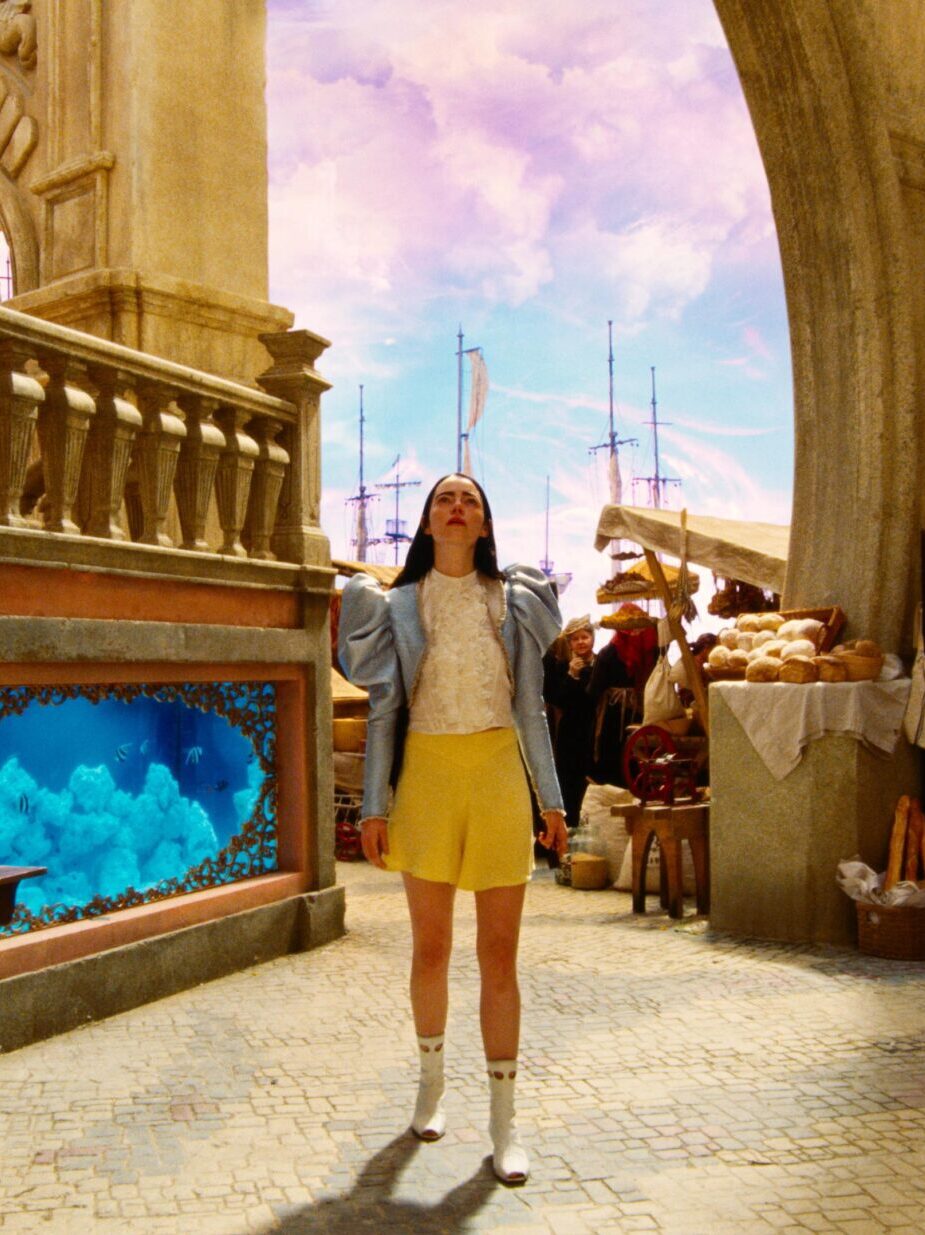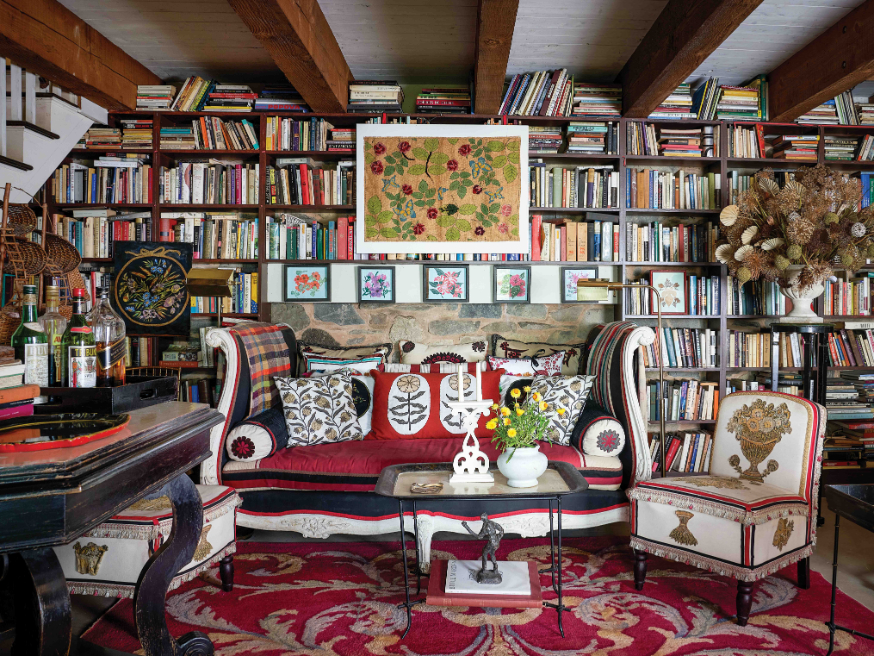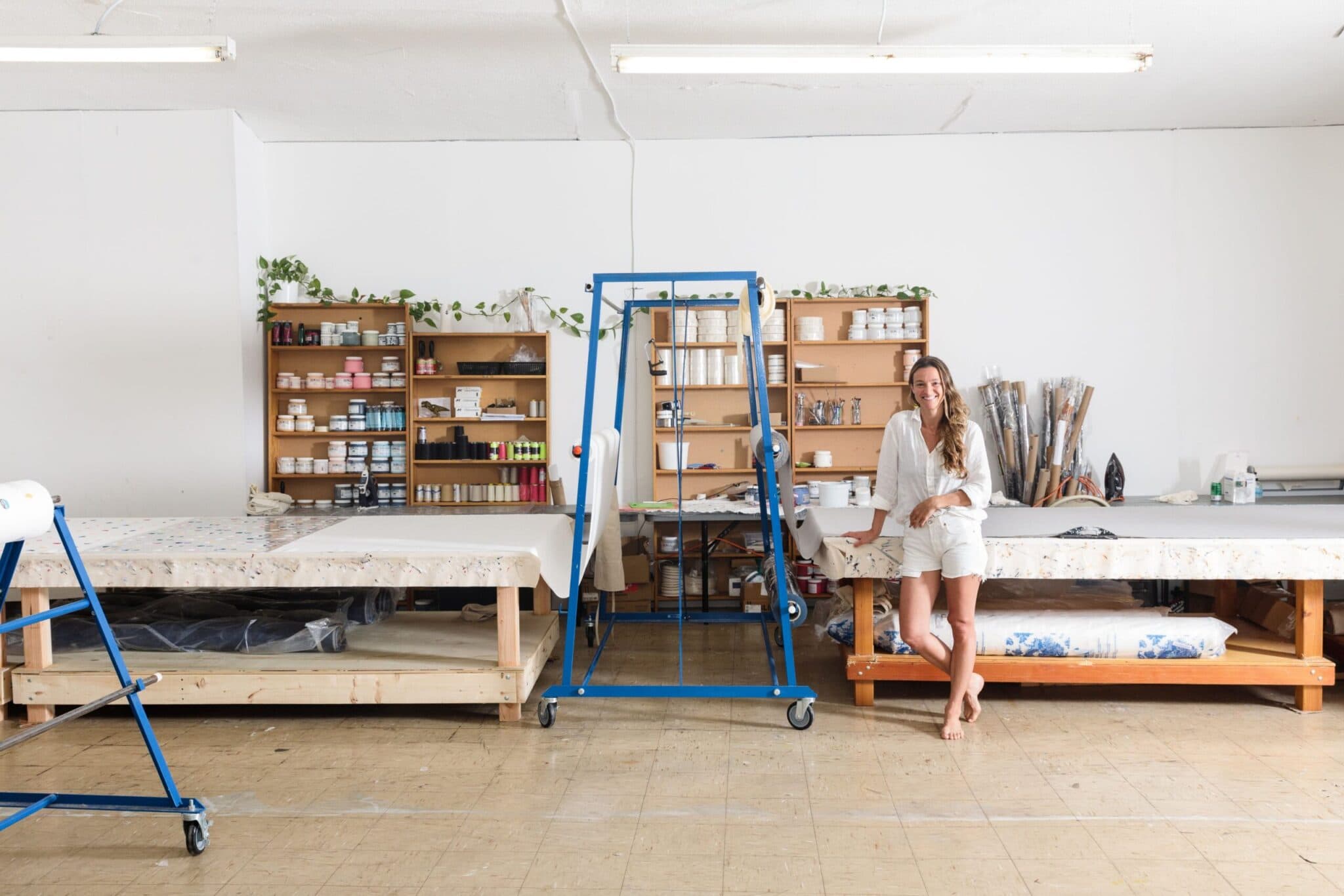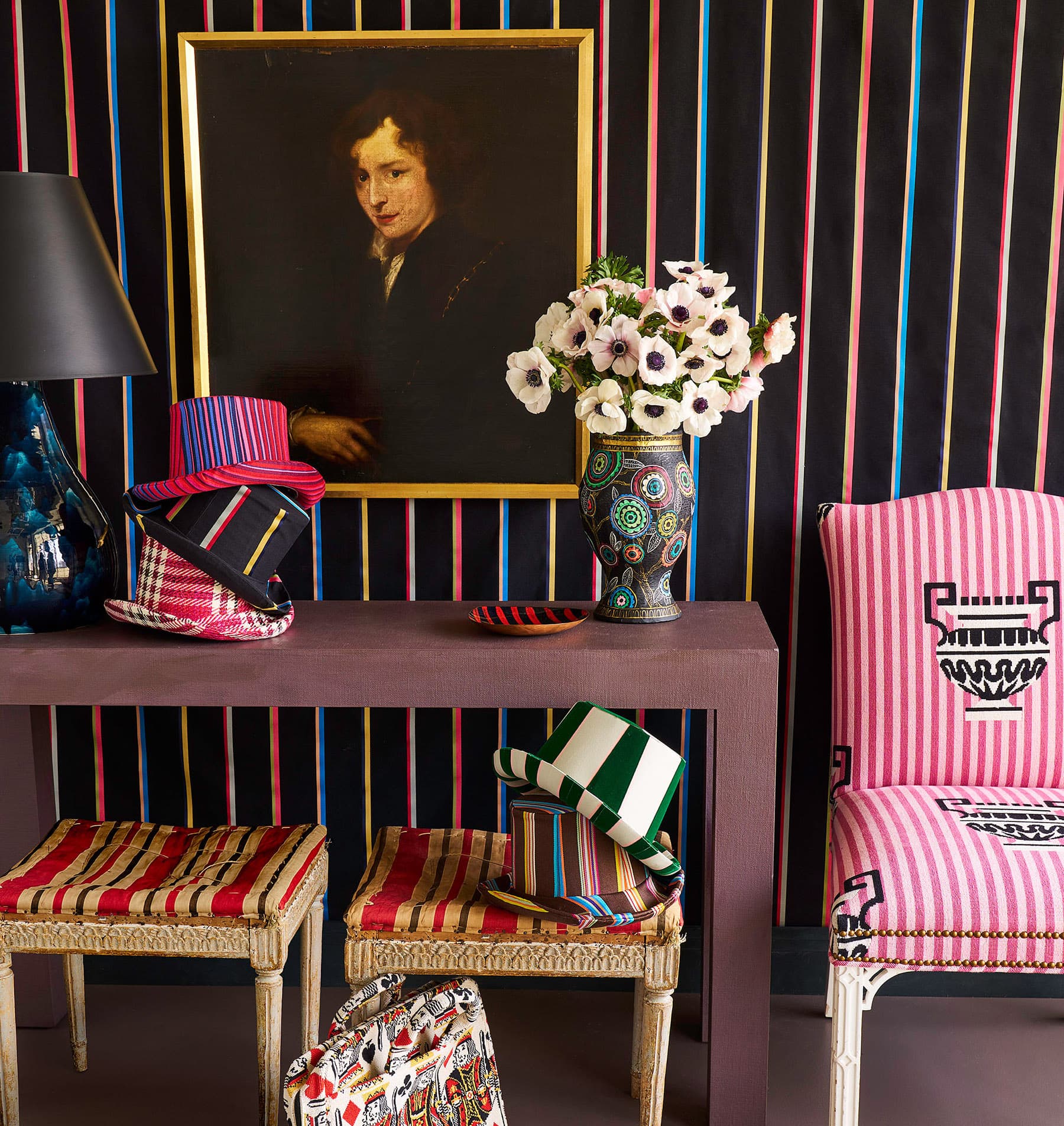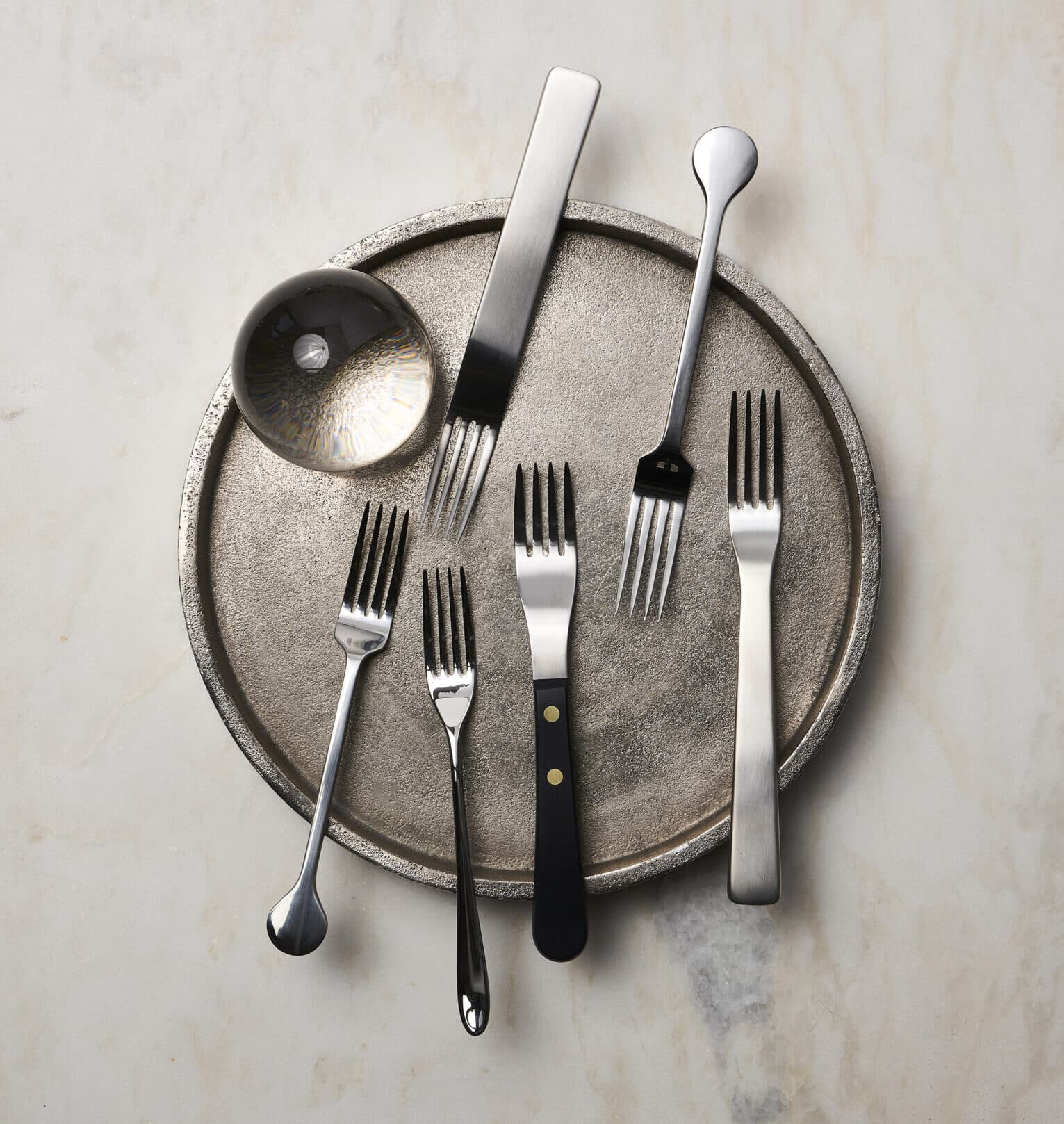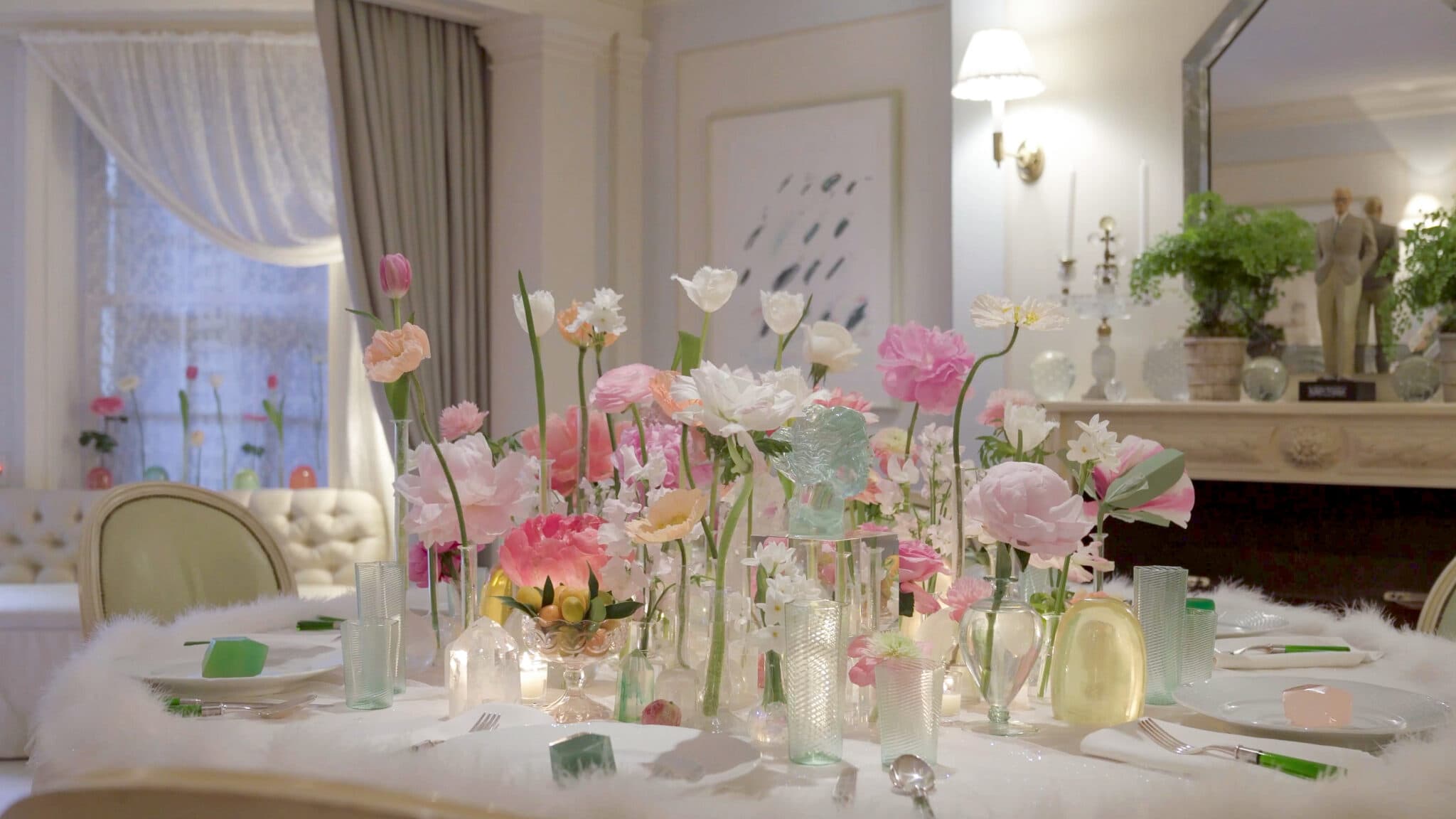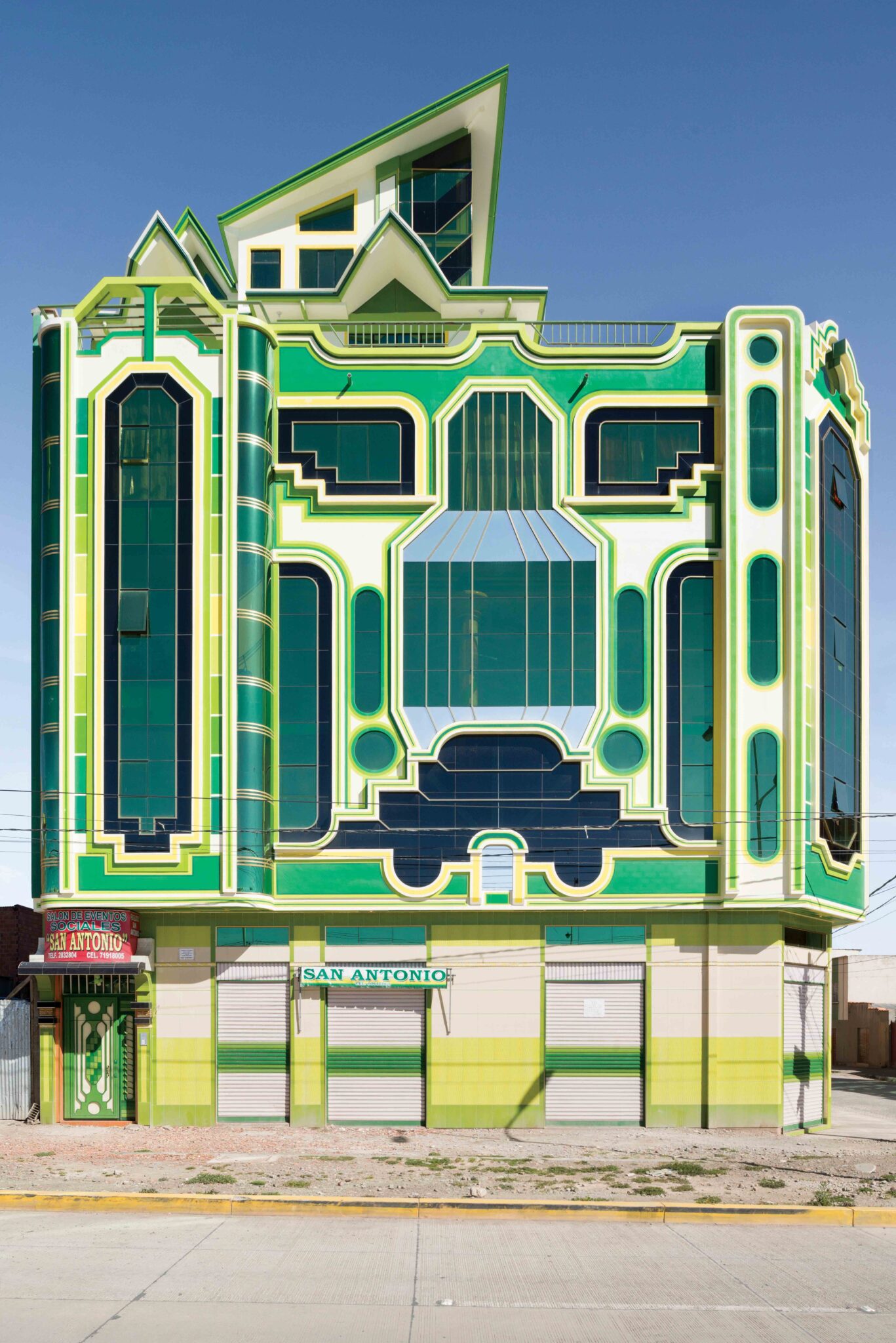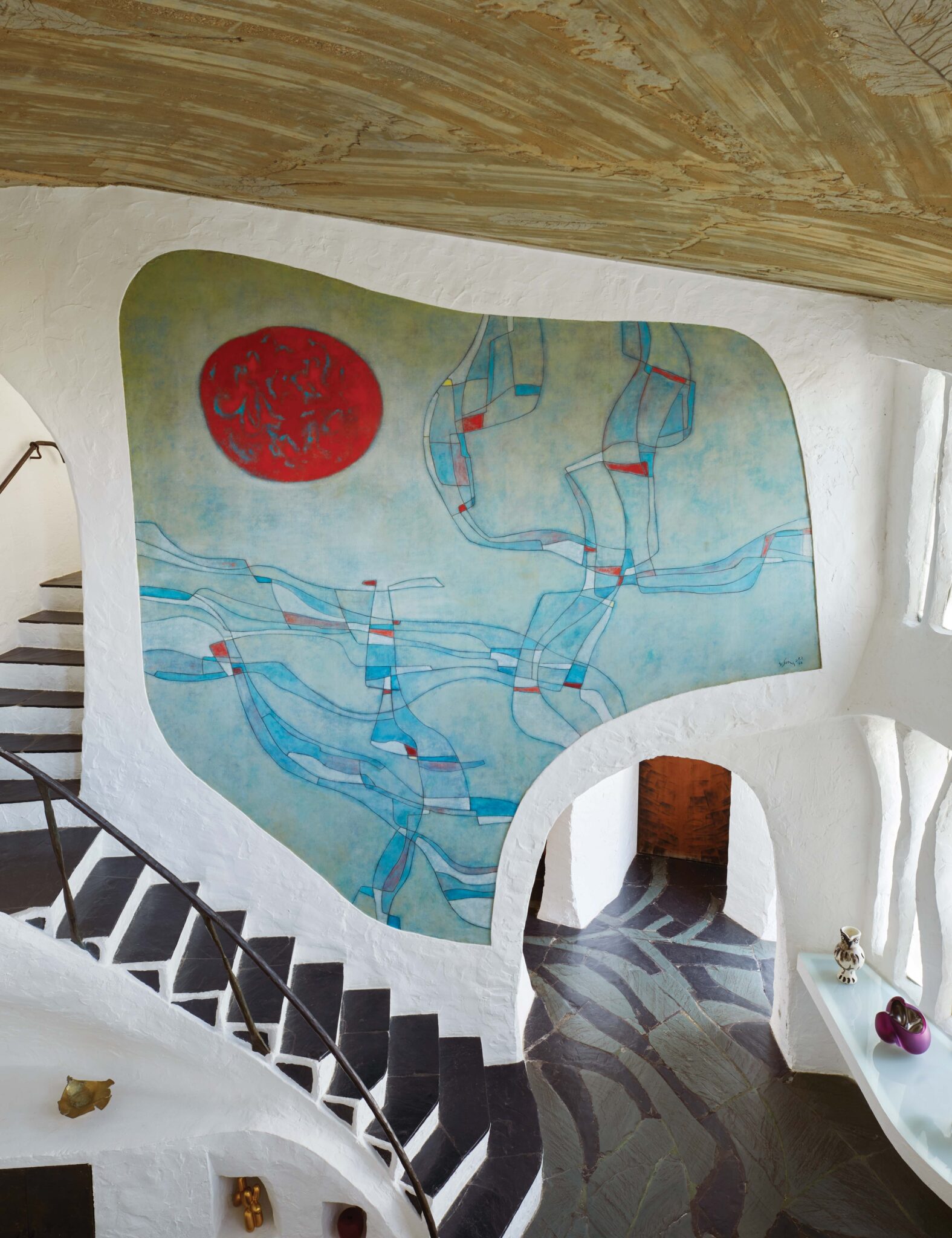Veere Grenney is a designer’s designer, universally admired, the name other industry luminaries reference with awe. His pedigree is impeccable—training with Mary Fox Linton and David Hicks, followed by a stint helming Colefax & Fowler after apprenticing with John Fowler himself—yet what makes his work so irresistible and compelling is that he has forged a breathtaking decorative identity all his own. Here, Grenney opens up his private worlds to show us what home means to him.

One world is a multi-floored, many-roomed townhouse in London. The other is a petite Palladian-style villa focused on a single room in the serene countryside. Both are historic structures with their own specific provenances—exactly the sort of defining parameter that Veere Grenney just can’t resist.“I could never decorate without tension,” he explains. “Whether it’s a piece of furniture or the way the sun slants into a room, to decorate well you must have somewhere to start and something to spar against. It’s an active conversation.”
This is striking coming from someone revered for rooms that have an almost sensual harmony. There is much talk about “the mix” these days, but Grenney elevates this idea to a different plane. His rooms are so masterfully natural that they feel utterly original and yet somehow as if they have existed all along.
Grenney's London bedroom features a neutral palette punctuated with pops of cheerful yellow.David Oliver
The armchair in Grenney's London dressing room is upholstered in his Temple print for Schumacher. David Oliver
Over the years his own homes have been canvases on which to let loose his insatiable creative curiosity. “Decorating your own space is a chance to experiment,” he says. “You can explore, capture the zeitgeist, and this gives you the confidence to launch yourself forward in new ways.”
At his 1750 country house, originally the exquisite folly of a since-vanished manor, a light-filled salon occupies the whole of the primary floor. “The architecture is a dream,” Grenney says, “the most beautiful backdrop for expressing taste.” Since he’s owned it, he’s doused the walls in Chinese yellow and Barragán pink and the current ravishing soft pink for which he is so justly known. He’s cleverly, succinctly carved a level below into dining area, kitchen, bedroom and bath.
Pale pink perfection in the main salon of his country home, also known as The Temple. Pillow in Grenney’s Burley pattern for Schumacher.David Oliver
A sofa in Strathmore linen is tucked into the bay window of The Temple's main salon; the decorative pillows are in his Woodperry print, both from Grenney's collection for Schumacher.David Oliver
In The Temple's main bedroom, a headboard is upholstered in Grenney’s Townline Road pattern for Schumacher. David Oliver
A custom four poster in The Temple's guest house is outfitted with bed hangings in Grenney’s Ferne Park for Schumacher.David Oliver
In London, his 1830 Regency house is an assemblage of astonishing rooms with sumptuous fabric-upholstered walls, vintage fixtures, and exceptional 20th-century art. “My partner and I wanted a warm, fuzzy jewel box that embraces you,” Grenney says. “It’s very traditional decorating, but with contemporary furnishings.” Again the push-pull theme of a critical, animating dialogue prevails.
No matter the project, pass-through spaces get the same care as proper rooms. “They’re vital,” he says, “they’re what bring you from room to room and prepare you for the next space.”

Grenney used a screen upholstered in his Berrydown print to separate The Temple’s kitchen from the dining area. The chair is in his Temple print. Both fabrics are by Veere Grenney for Schumacher.David Oliver

Grenney’s London kitchen is a study of handsome grays and gleaming whites.David Oliver
